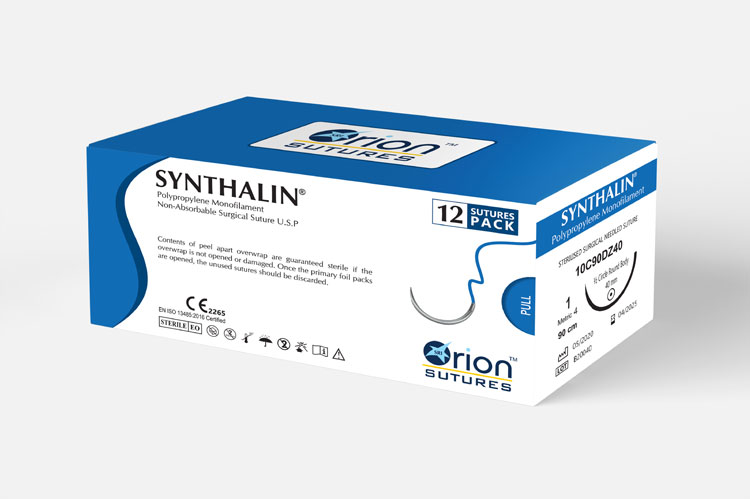Introduction
In the realm of modern medicine, surgical procedures have evolved tremendously, thanks to groundbreaking innovations in medical materials and techniques. Among these innovations, the development of surgical sutures holds a pivotal role. In recent years, polypropylene and prolene absorbable sutures have emerged as key players, revolutionizing the field of surgery. This guest post delves into the world of these remarkable sutures, highlighting their features, benefits, and contributions to the medical community.
Polypropylene Suture: A Durable Essential
Polypropylene sutures, derived from a synthetic polymer, have gained immense popularity for their exceptional strength and durability. These sutures are composed of non-absorbable material, making them ideal for applications where extended wound support is necessary. Known for their resistance to tissue reaction, polypropylene sutures provide long-lasting support while minimizing the risk of infection and inflammation.
One of the distinguishing features of polypropylene sutures is their versatility. They find extensive use in a wide range of surgical procedures, such as cardiovascular, gastrointestinal, and orthopedic surgeries. The suture’s minimal reactivity ensures that the body’s healing process remains unimpeded, allowing for the effective closure of incisions and wounds.
Prolene Absorbable Suture: Bridging the Gap
Prolene absorbable sutures represent a groundbreaking leap in the evolution of surgical sutures. Combining the benefits of traditional non-absorbable sutures with the advantage of absorbability, prolene sutures offer a unique solution for various surgical needs. These sutures are composed of a special synthetic material that gradually breaks down in the body over time.
The absorbable nature of prolene sutures eliminates the need for suture removal, reducing patient discomfort and the risk of complications associated with delayed suture removal. This innovation has particularly transformed the field of soft tissue surgery, allowing for seamless wound closure and enhanced patient comfort during the healing process.
Benefits and Impact
The introduction of polypropylene and prolene absorbable sutures has had a profound impact on surgical outcomes and patient experiences. The durability and strength of polypropylene sutures ensure the integrity of wound closure, reducing the likelihood of dehiscence or complications. Furthermore, their non-absorbable nature makes them an excellent choice for applications where prolonged tissue support is essential.
On the other hand, prolene absorbable sutures address the limitations of traditional sutures by providing a harmonious balance between strength and absorbability. This innovation has transformed postoperative care, simplifying wound management and enhancing patient satisfaction. With prolene sutures, surgeons can confidently perform procedures, knowing that the sutures will gradually degrade without intervention.
Conclusion
In the ever-evolving landscape of medical advancements, the emergence of polypropylene and prolene absorbable sutures has redefined surgical procedures and patient care. These remarkable sutures exemplify the convergence of durability and absorbability, offering tailored solutions for various surgical needs. Whether it’s the robust support of polypropylene sutures or the convenience of prolene absorbable sutures, these innovations continue to shape the future of surgery.
As the medical field continues to push boundaries, it is imperative to stay informed about these transformative technologies. The integration of polypropylene and prolene absorbable sutures into surgical practices underscores the commitment to improving patient outcomes, reducing complications, and enhancing the overall quality of care. With these innovations at our disposal, the horizon of possibilities in surgery expands, promising a future of safer, more effective procedures.
